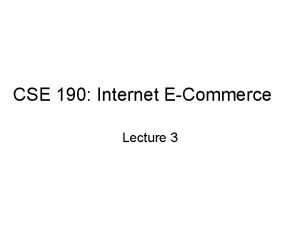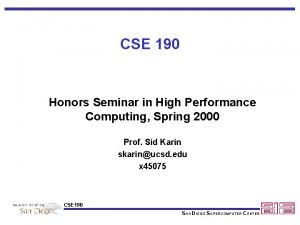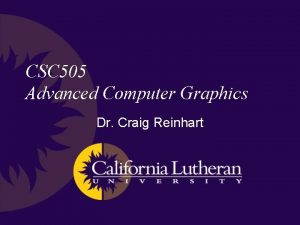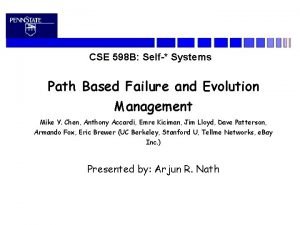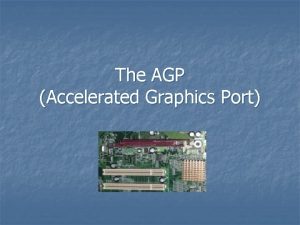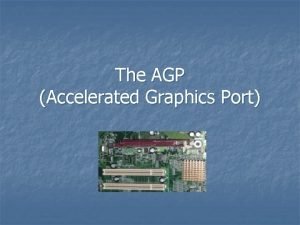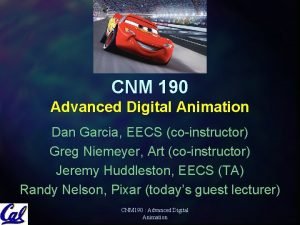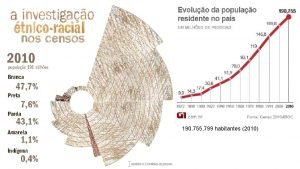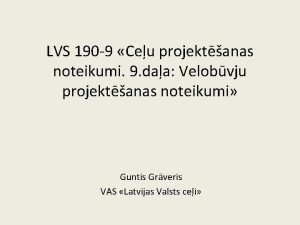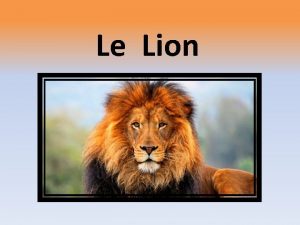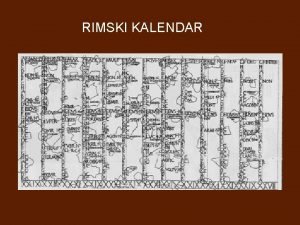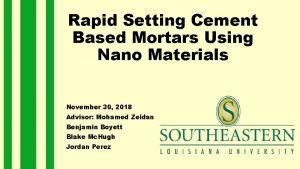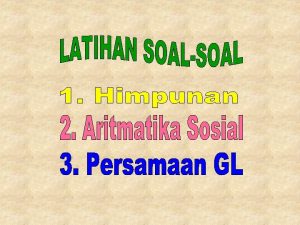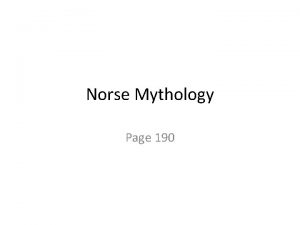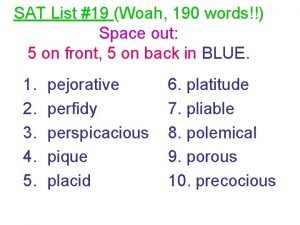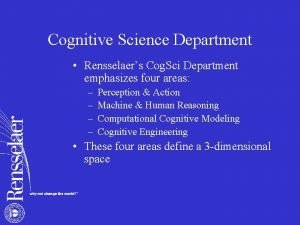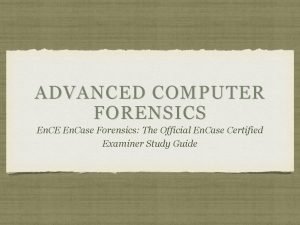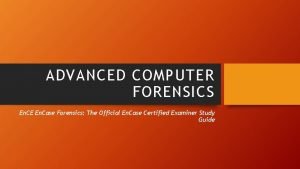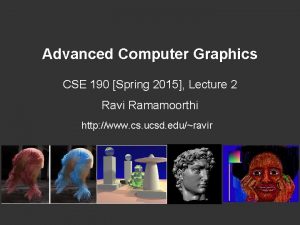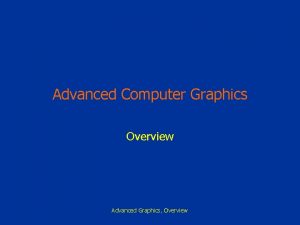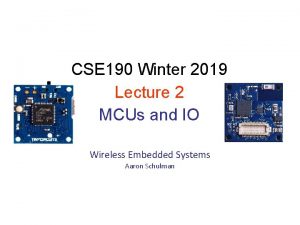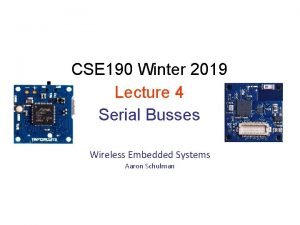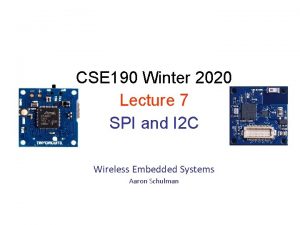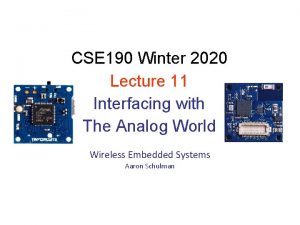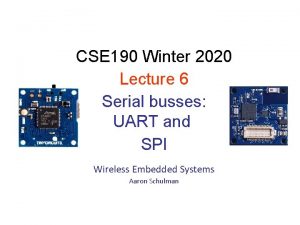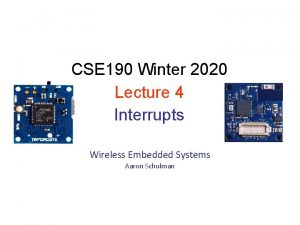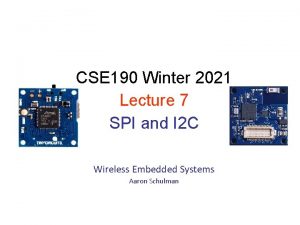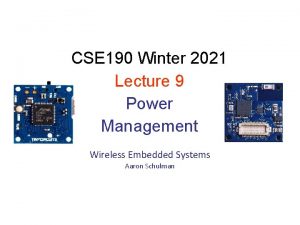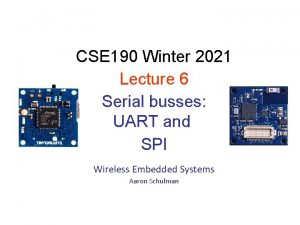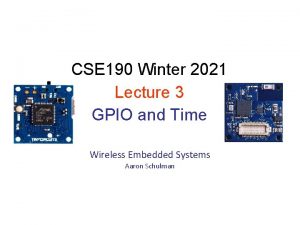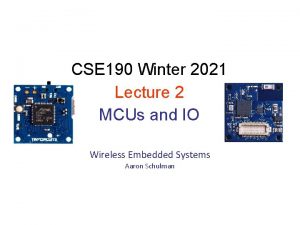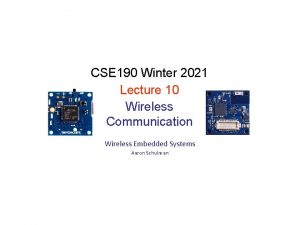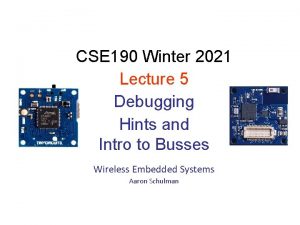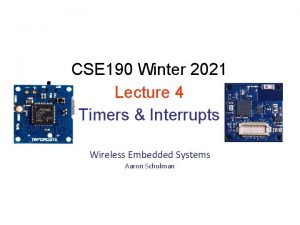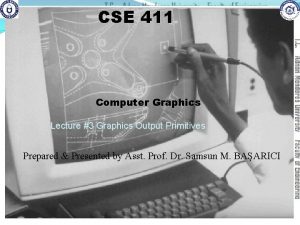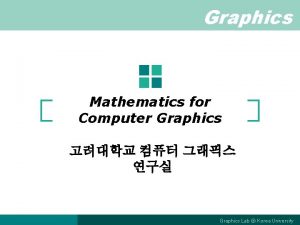Advanced Computer Graphics CSE 190 Winter 2016 Lecture
![Advanced Computer Graphics CSE 190 [Winter 2016], Lecture 4 Ravi Ramamoorthi http: //www. cs. Advanced Computer Graphics CSE 190 [Winter 2016], Lecture 4 Ravi Ramamoorthi http: //www. cs.](https://slidetodoc.com/presentation_image_h2/e4d10dbb3fe6fc663e625ca6be041ffc/image-1.jpg)











































- Slides: 44
![Advanced Computer Graphics CSE 190 Winter 2016 Lecture 4 Ravi Ramamoorthi http www cs Advanced Computer Graphics CSE 190 [Winter 2016], Lecture 4 Ravi Ramamoorthi http: //www. cs.](https://slidetodoc.com/presentation_image_h2/e4d10dbb3fe6fc663e625ca6be041ffc/image-1.jpg)
Advanced Computer Graphics CSE 190 [Winter 2016], Lecture 4 Ravi Ramamoorthi http: //www. cs. ucsd. edu/~ravir

To Do § Assignment 1, Due Jan 29. § Please START EARLY § This lecture completes all the material you need

Outline § Implementation of digital filters § Discrete convolution in spatial domain § Basic image-processing operations § Antialiased shift and resize

Discrete Convolution § Previously: Convolution as mult in freq domain § But need to convert digital image to and from to use that § Useful in some cases, but not for small filters § Previously seen: Sinc as ideal low-pass filter § But has infinite spatial extent, exhibits spatial ringing § In general, use frequency ideas, but consider implementation issues as well § Instead, use simple discrete convolution filters e. g. § Pixel gets sum of nearby pixels weighted by filter/mask 2 0 -7 5 4 9 1 -6 -2

Implementing Discrete Convolution § Fill in each pixel new image convolving with old § Not really possible to implement it in place § More efficient for smaller kernels/filters f § Normalization § If you don’t want overall brightness change, entries of filter must sum to 1. You may need to normalize by dividing § Integer arithmetic § Simpler and more efficient § In general, normalization outside, round to nearest int

Outline § Implementation of digital filters § Discrete convolution in spatial domain § Basic image-processing operations § Antialiased shift and resize

Basic Image Processing (Assn 3. 4) § Blur § Sharpen § Edge Detection All implemented using convolution with different filters

Blurring § Used for softening appearance § Convolve with gaussian filter § Same as mult. by gaussian in freq. domain, so reduces high-frequency content § Greater the spatial width, smaller the Fourier width, more blurring occurs and vice versa § How to find blurring filter?

Blurring

Blurring

Blurring

Blurring

Blurring

Blurring Filter § In general, for symmetry f(u, v) = f(u) f(v) § You might want to have some fun with asymmetric filters § We will use a Gaussian blur § Blur width sigma depends on kernel size n (3, 5, 7, 11, 13, 19) Spatial Frequency

Discrete Filtering, Normalization § Gaussian is infinite § In practice, finite filter of size n (much less energy beyond 2 sigma or 3 sigma). § Must renormalize so entries add up to 1 § Simple practical approach § Take smallest values as 1 to scale others, round to integers § Normalize. E. g. for n = 3, sigma = ½

Basic Image Processing § Blur § Sharpen § Edge Detection All implemented using convolution with different filters

Sharpening Filter § Unlike blur, want to accentuate high frequencies § Take differences with nearby pixels (rather than avg)

Blurring

Blurring

Blurring

Basic Image Processing § Blur § Sharpen § Edge Detection All implemented using convolution with different filters

Edge Detection § Complicated topic: subject of many Ph. D theses § Here, we present one approach (Sobel edge detector) § Step 1: Convolution with gradient (Sobel) filter § Edges occur where image gradients are large § Separately for horizontal and vertical directions § Step 2: Magnitude of gradient § Norm of horizontal and vertical gradients § Step 3: Thresholding § Threshold to detect edges

Edge Detection

Edge Detection

Edge Detection

Details § Step 1: Convolution with gradient (Sobel) filter § Edges occur where image gradients are large § Separately for horizontal and vertical directions § Step 2: Magnitude of gradient § Norm of horizontal and vertical gradients § Step 3: Thresholding

Outline § Implementation of digital filters § Discrete convolution in spatial domain § Basic image-processing operations § Antialiased shift and resize (Assn 3. 5, brief)

Antialiased Shift image based on (fractional) sx and sy § Check for integers, treat separately § Otherwise convolve/resample with kernel/filter h: § In this part, no discrete kernel or mask; continuous

Antialiased Scale Magnification Magnify image (scale s or γ > 1) § Interpolate between orig. samples to evaluate frac vals § Do so by convolving/resampling with kernel/filter: § Treat the two image dimensions independently (diff scales)

Antialiased Scale Minification checkerboard. bmp 300 x 300: point sample checkerboard. bmp 300 x 300: Mitchell

Antialiased Scale Minification Minify (reduce size of) image § Similar in some ways to mipmapping for texture maps § We use fat pixels of size 1/γ, with new size γ*orig size (γ is scale factor < 1). § Each fat pixel must integrate over corresponding region in original image using the filter kernel.

Bonus and Details: Image Warping Slides courtesy Tom Funkhouser

A note on notation § This segment uses (u, v) for warped location in the source image (or old coordinates) and (u', v') for integer coordinates, and (x, y) for new coordinates § Most of the homework assignment uses (x, y) for old integer coordinates and (a, b) for new coordinates. The warped location is not written explicitly, but is implicit in the evaluation of the filter

Example Mappings

Example Mappings

Example Mappings

Forward Warping/Mapping § Iterate over source, sending pixels to destination

Forward Warping: Problems § Iterate over source, sending pixels to destination § Same source pixel map to multiple dest pixels § Some dest pixels have no corresponding source § Holes in reconstruction § Must splat etc.

Inverse Warping/Mapping § Iterate destination, finding pixels from source

Inverse Warping/Mapping § Iterate over dest, finding pixels from source § Non-integer evaluation source image, resample § May oversample source § But no holes § Simpler, better than forward mapping

Filtering or Resampling Compute weighted sum of pixel neighborhood § Weights are normalized values of kernel function § Equivalent to convolution at samples with kernel § Find good (normalized) filters h using earlier ideas s=0 ; for (u ' = u-width ; u ' <= u+width; u ' ++) for (v' = v-width ; v ' <= v+width; v ' ++) s += h (u ' - u, v' - v) src (u ' , v ') ; (u, v) width=2

Inverse Warping/Mapping § Iterate destination, finding pixels from source Filter is really square with width w, not circle

Filters for Assignment Implement 3 filters (for anti-aliased shift, resize) § Nearest neighbor or point sampling § Hat filter (linear or triangle) § Mitchell cubic filter (form in assigments). This is a good finite filter that approximates ideal sinc without ringing or infinite width. Alternative is gaussian Construct 2 D filters by multiplying 1 D filters

Filtering Methods Comparison
 Cse 190
Cse 190 Telescience museum
Telescience museum Advanced computer graphics
Advanced computer graphics Most of the graphics monitors today operate as
Most of the graphics monitors today operate as 3d viewing devices in computer graphics ppt
3d viewing devices in computer graphics ppt Winter kommt winter kommt flocken fallen nieder
Winter kommt winter kommt flocken fallen nieder Heute mittwoch guten morgen mittwoch winter
Heute mittwoch guten morgen mittwoch winter Meine lieblingsjahreszeit ist der winter
Meine lieblingsjahreszeit ist der winter 01:640:244 lecture notes - lecture 15: plat, idah, farad
01:640:244 lecture notes - lecture 15: plat, idah, farad Cse 598 advanced software analysis and design
Cse 598 advanced software analysis and design Advanced inorganic chemistry lecture notes
Advanced inorganic chemistry lecture notes Agp accelerated graphics port
Agp accelerated graphics port Higher graphic communication
Higher graphic communication Agp
Agp W fxd
W fxd Me 190 sjsu
Me 190 sjsu Cnm 190
Cnm 190 10 % de 190 755 799
10 % de 190 755 799 Da 2823
Da 2823 190 / 9
190 / 9 Lion poids 130 kg
Lion poids 130 kg Betreiberverantwortung gefma 190
Betreiberverantwortung gefma 190 Rimokatolicky kalendar
Rimokatolicky kalendar Adva 190
Adva 190 S adalah bilangan
S adalah bilangan Vertical mill
Vertical mill Sons of muspell
Sons of muspell 190 vauxhall bridge road mental health
190 vauxhall bridge road mental health 190 words
190 words Cogsci 190
Cogsci 190 Computer security 161 cryptocurrency lecture
Computer security 161 cryptocurrency lecture Computer aided drug design lecture notes
Computer aided drug design lecture notes Computer architecture notes
Computer architecture notes Microarchitecture vs isa
Microarchitecture vs isa Review of fundamentals of cpu
Review of fundamentals of cpu Advanced topics in computer science
Advanced topics in computer science Advanced computer forensics
Advanced computer forensics Fastbloc
Fastbloc Angel computer graphics
Angel computer graphics Define projection in computer graphics
Define projection in computer graphics Display devices in computer
Display devices in computer In two dimensional viewing we have?
In two dimensional viewing we have? Shear transformation in computer graphics
Shear transformation in computer graphics Glsl sincos
Glsl sincos Scan conversation
Scan conversation
